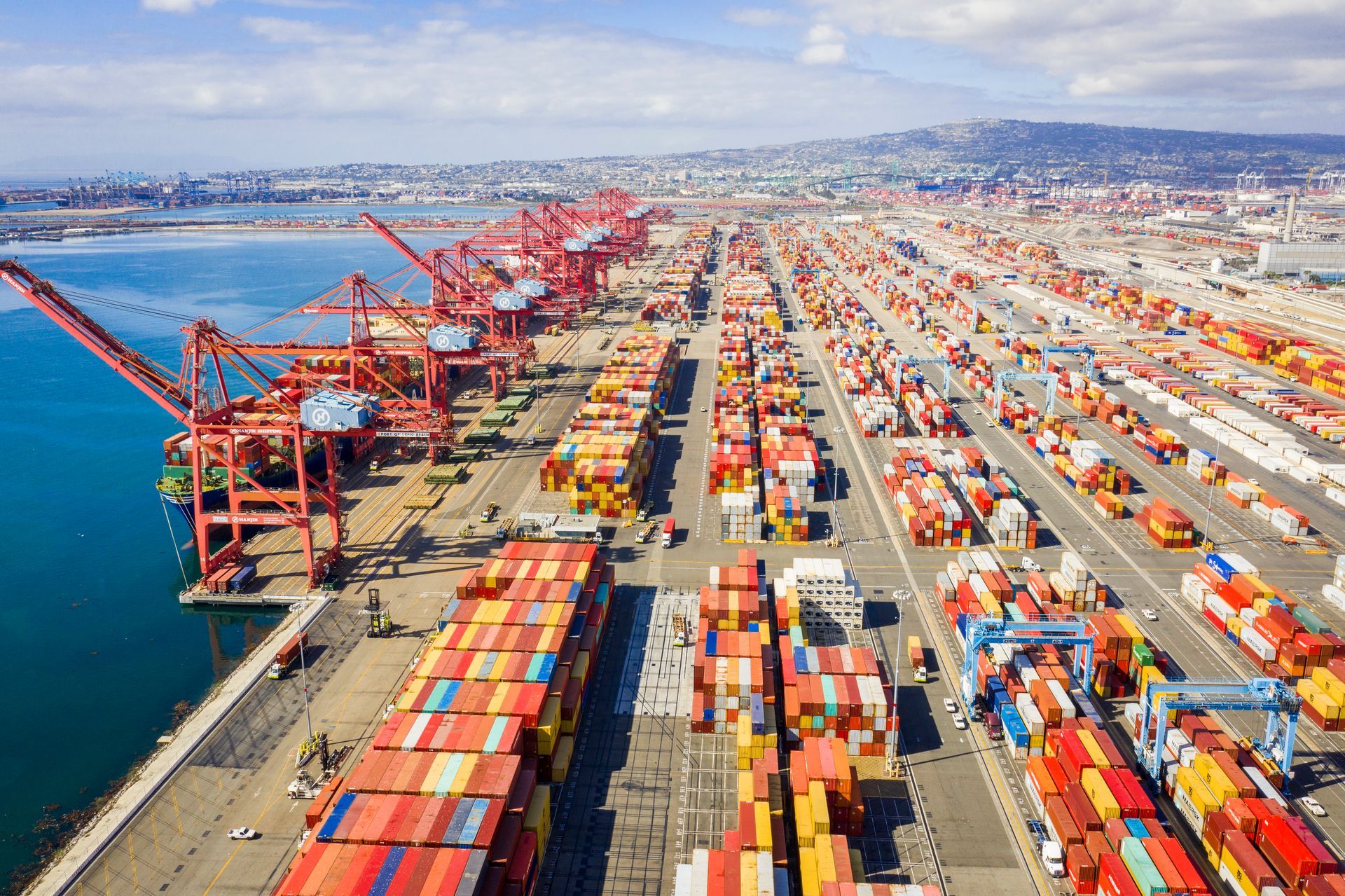The Role of Sustainability in Logistics
Optimizing Greenhouse Gas Emissions through Technology

In today's world, sustainability has become a critical focus across industries, and logistics is no exception. As businesses recognize the need to reduce their environmental footprint, the role of sustainability in logistics has gained significant importance. By adopting sustainable practices and leveraging logistics technology, companies can not only optimize their supply chain operations but also contribute to the reduction of greenhouse gas (GHG) emissions.
This blog explores the intersection of sustainability and logistics, highlighting the potential of technology in minimizing environmental impact.
The Environmental Challenge
Logistics operations have traditionally been associated with significant energy consumption, emissions, and inefficiencies. The transportation of goods, warehousing, and distribution activities all contribute to GHG emissions, which have a detrimental impact on climate change. Recognizing the urgency to address these challenges, the logistics industry is embracing sustainable practices to minimize its environmental impact.
The Role of Sustainability in Logistics
- Mode Shifting: Sustainable logistics involves evaluating and optimizing transportation modes. By shifting from high-emission modes such as air freight to more sustainable options like rail or sea, companies can significantly reduce their carbon footprint. Additionally, encouraging collaborative transportation, such as shared or consolidated shipments, helps maximize efficiency and reduce the number of empty trips.
- Route Optimization: Advanced logistics technology enables route optimization, which minimizes fuel consumption and GHG emissions. By leveraging real-time data, algorithms can calculate the most efficient routes, considering factors like traffic, weather, and delivery time windows. By eliminating unnecessary detours and reducing idling time, companies can achieve substantial environmental benefits.
- Efficient Warehouse Operations: Sustainable logistics also entails optimizing warehouse operations. Implementing energy-efficient practices, such as LED lighting, smart heating and cooling systems, and automated processes, reduces energy consumption and lowers emissions. Furthermore, adopting green packaging materials and implementing recycling programs contribute to a more sustainable supply chain.
- Reverse Logistics: Sustainable logistics involves managing product returns efficiently. By implementing effective reverse logistics processes, companies can reduce waste and promote recycling or reuse of products. This approach minimizes unnecessary transportation and ensures that goods are handled responsibly throughout their lifecycle.
The Role of Logistics Technology
The integration of technology within logistics plays a pivotal role in achieving sustainability goals.
Here's how logistics technology can help optimize GHG emissions:
- Real-time Visibility: Supply chain visibility platforms provide real-time tracking and monitoring capabilities, enabling companies to gain insights into their operations. By having complete visibility across the supply chain, businesses can identify areas of inefficiency and implement proactive measures to reduce emissions, such as rerouting shipments to avoid congestion or optimizing warehouse operations.
- Data Analytics: Advanced analytics tools enable companies to analyze vast amounts of supply chain data. By leveraging this data, businesses can identify patterns, optimize processes, and make informed decisions that lead to reduced emissions. For example, predictive analytics can help identify opportunities for mode shifting or determine the most fuel-efficient routes based on historical and real-time data.
- IoT and Sensor Technology: The Internet of Things (IoT) and sensor technology allow for real-time monitoring of equipment, vehicles, and environmental conditions. By collecting and analyzing data from these devices, companies can identify opportunities for improvement, optimize fuel consumption, and reduce emissions. For instance, sensors can provide insights on optimal tire pressure, aerodynamics, or engine performance, leading to greener logistics operations.
- Collaboration Platforms: Technology facilitates collaboration among supply chain partners, enabling efficient resource sharing and reducing unnecessary transportation. By leveraging collaboration platforms, companies can identify opportunities for backhauling, shared warehousing, or consolidated shipments, resulting in fewer vehicles on the road and lower emissions.
Conclusion
The integration of sustainability into logistics operations is crucial for reducing greenhouse gas emissions and mitigating the environmental impact of supply chains. By embracing sustainable practices and leveraging logistics technology, companies can optimize their operations, improve efficiency, and contribute to a greener future. Mode shifting, route optimization, efficient warehouse operations, and effective reverse logistics are all key components of sustainable logistics. Through real-time visibility, data analytics, IoT, and collaboration platforms, logistics technology empowers businesses to make informed decisions and drive environmentally responsible supply chain operations. By working together and embracing sustainable logistics practices, we can create a more sustainable future for generations to come.



